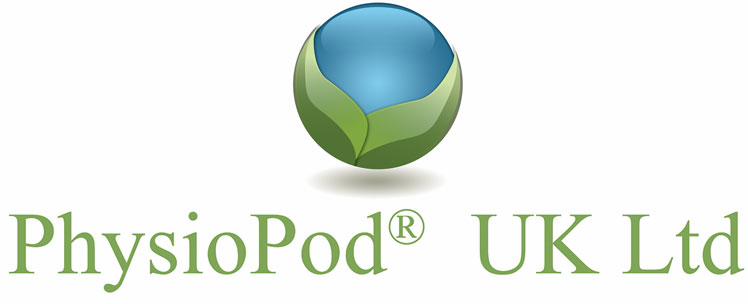Leading Wrist Injuries in a Golfing Population. Golf Swing Biomechanics a Significant Cause of Pathology
Super to see that Deep Oscillation gets a mention - "Classical treatments are mostly employed and usually involve rest and anti-inflammatory treatments. Newer therapies such as Platelet Rich Plasma injection and Deep Oscillation therapy have proven beneficial"
By Conor P. O’Brien
Submitted: January 4th 2021Reviewed: March 2nd 2021Published: March 25th 2021
DOI: 10.5772/intechopen.96979
Abstract
Golf participation has increased significantly over the past 50 years. Injury rates have mirrored this increase with amateur and elite golfers suffering a similar injury incidence to rugby players. The upper limb is the second most common anatomical site of injury in this population. Wrist injury and specifically the ulnar side of the leading wrist is the most prevalent. Leading wrist injuries affect the tendons, fibrocartilage, bones and neural structures that are located on the ulnar side of the wrist and hand as well as the soft tissue aponeurosis and bony and ligamentous canals that traverse the wrist joint. The most commonly injured lateral wrist structure is the Extensor Carpi Ulnaris tendon. This is particularly liable to injury due to the forces placed on it during the golf swing. Other structures on the medial side of the leading wrist associated with golf related injury and pathology include Triangular Fibro-cartilage, the hamate bone, the bony canals through which the nerves travel, as well as the flexor aponeurosis and Flexor Carpi Ulnaris tendon. Risk injury to the medial aspect of the leading wrist is increased by the newer golfing theories and techniques which endeavour to create increase golf club head speeds by storing greater energy by a phenomenon called “lag”. Lag results in greater speed as the club head releases at impact but results in injury to the medial wrist anatomical structures. Swing biomechanics, and their alteration and augmentation are a major factor in medial wrist injury. Diagnosis of these pathologies requires careful history and examination, as well as the use of radiology and electrodiagnostic medicine to confirm the pathology and degree. Treatment is targeted to the specific disability.
Classical treatments are mostly employed and usually involve rest and anti-inflammatory treatments. Newer therapies such as Platelet Rich Plasma injection and Deep Oscillation therapy have proven beneficial. Splinting is often employed on return to play. Early diagnosis and cessation of the offending activity often allays the need for surgery. The rhyme that “minutes to diagnosis means weeks to recovery” is particularly apt for medial wrist golf injuries. Surgery will be required in long standing or chronic cases. Return to play, unlike many sports injuries, will require careful golf biomechanical assessment and alteration in swing dynamics. The objective of this chapter is to identify how the new biomechanical manipulation of the wrist and specifically the leading wrist has resulted in increased injuries to this anatomical structure. The type of injury, diagnosis and treatment is discussed in detail. Club head speed is generated through a combination of improved golf club equipment, golf payer fitness and manipulation of the golf club by the left wrist resulting in increased golf club lag and torque which all contribute to wrist injuries
Keywords
- golf injury
- leading wrist/swing biomechanics
- Tenosynovitis
- Carpal Tunnel Syndrome
- ECU Tendon
- Tendinitis
- Tendinosis
- hook of Hamate
- Guyon’s Canal Syndrome
- Dupuytren’s contracture
- Flexor Carpi Ulnaris tendon
- Nerve Entrapment
More reading
.


